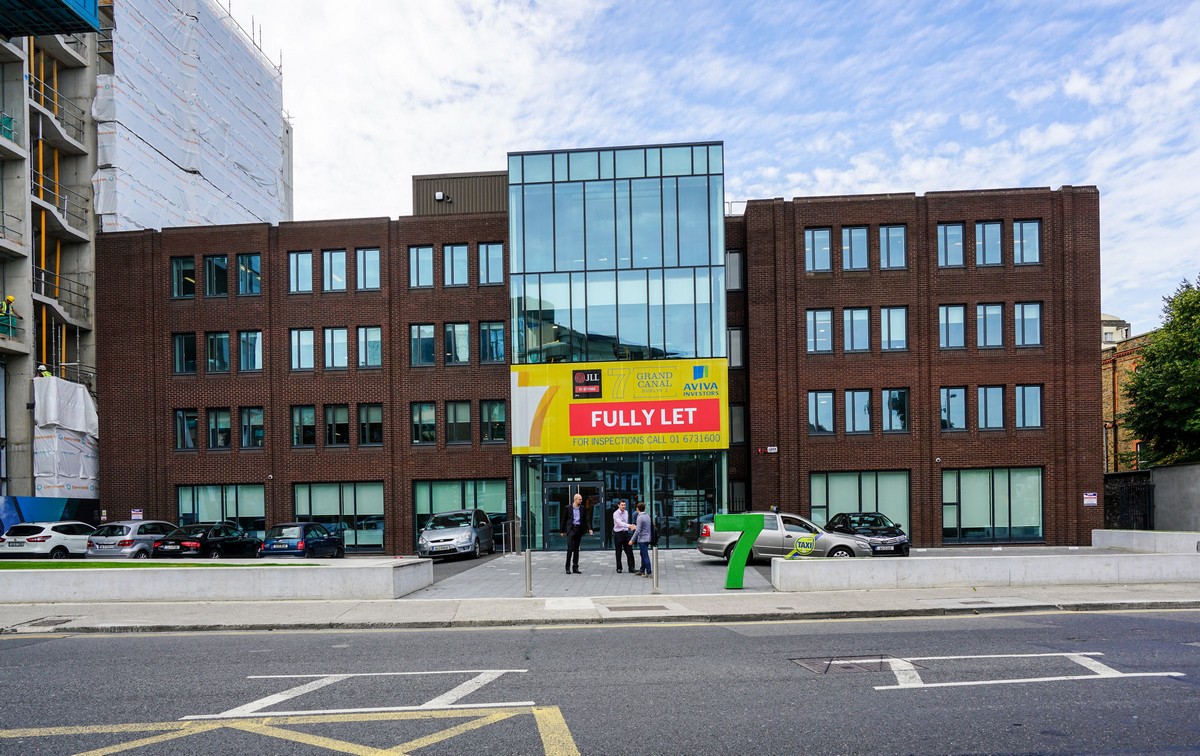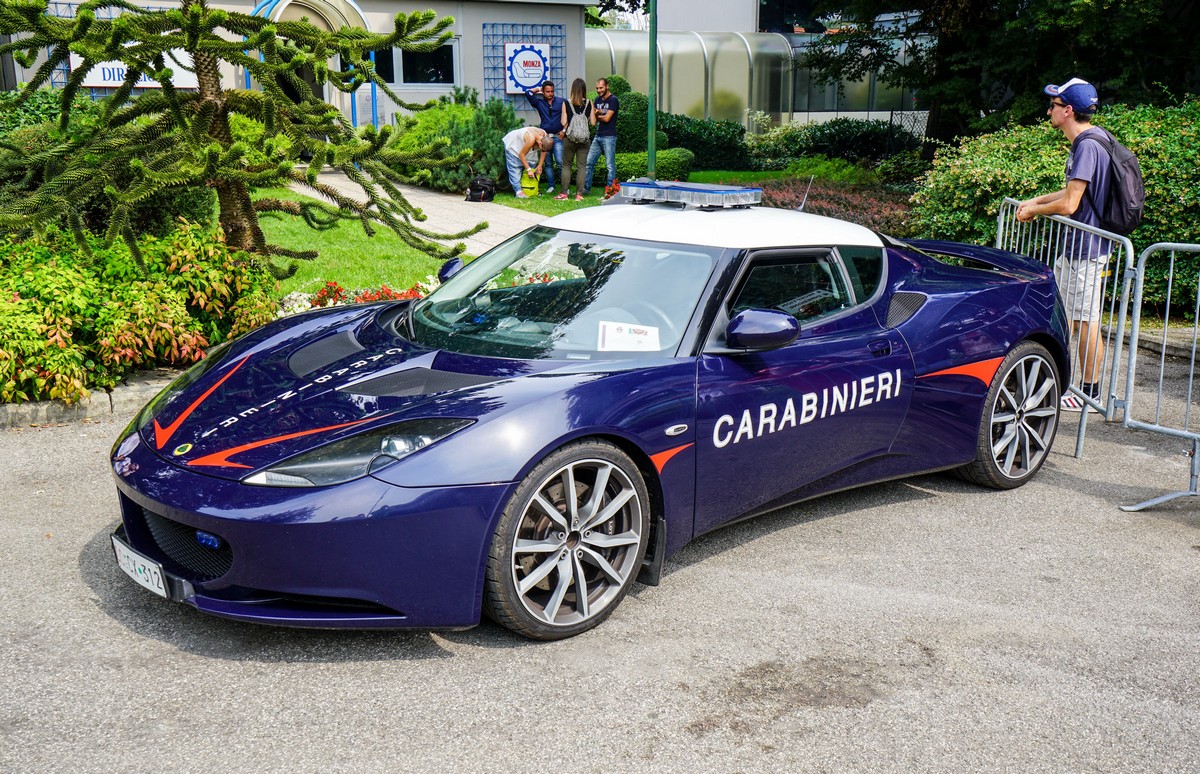September 20, 2016
Such Much Sochi!
I’d heard many good things about Sochi on the whole, and Krasnaya Polyana in particular, but still: nothing beats seeing it for oneself. That’s right: for some odd reason I’d never properly visited Sochi. Ok, I was here briefly two years ago for the Formula-1, but I only got to see the racing track and Olympic Park.
This time, despite a typically busy business schedule in the city, I got to take in the sights and sounds of the place, and even got a bit of hill-trekking in. And, ohhhh boy, was I glad that I did! For here in Sochi I was pleasantly surprised astounded by how cool the place is. I simply couldn’t believe this was a Russian seaside town on the Black Sea. How things have improved been transformed!
Krasnaya Polyana also bowled me over with its spaciousness, modernity, shininess (newness), wide embankments and contented pedestrians strolling along the riverbank.































































